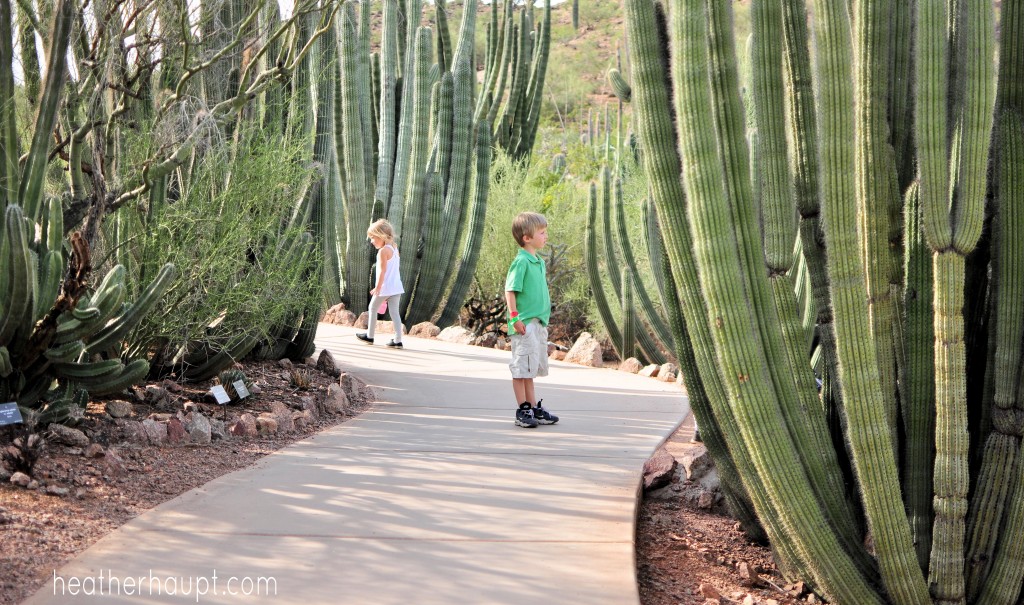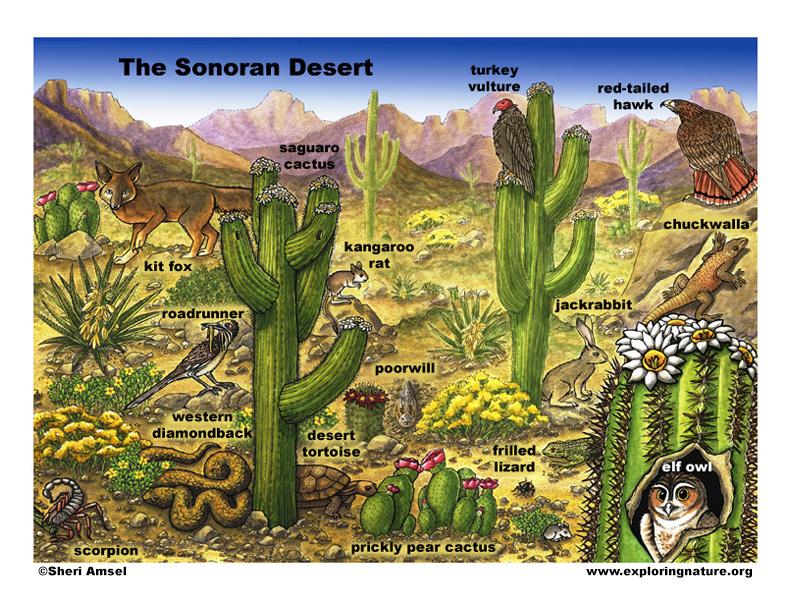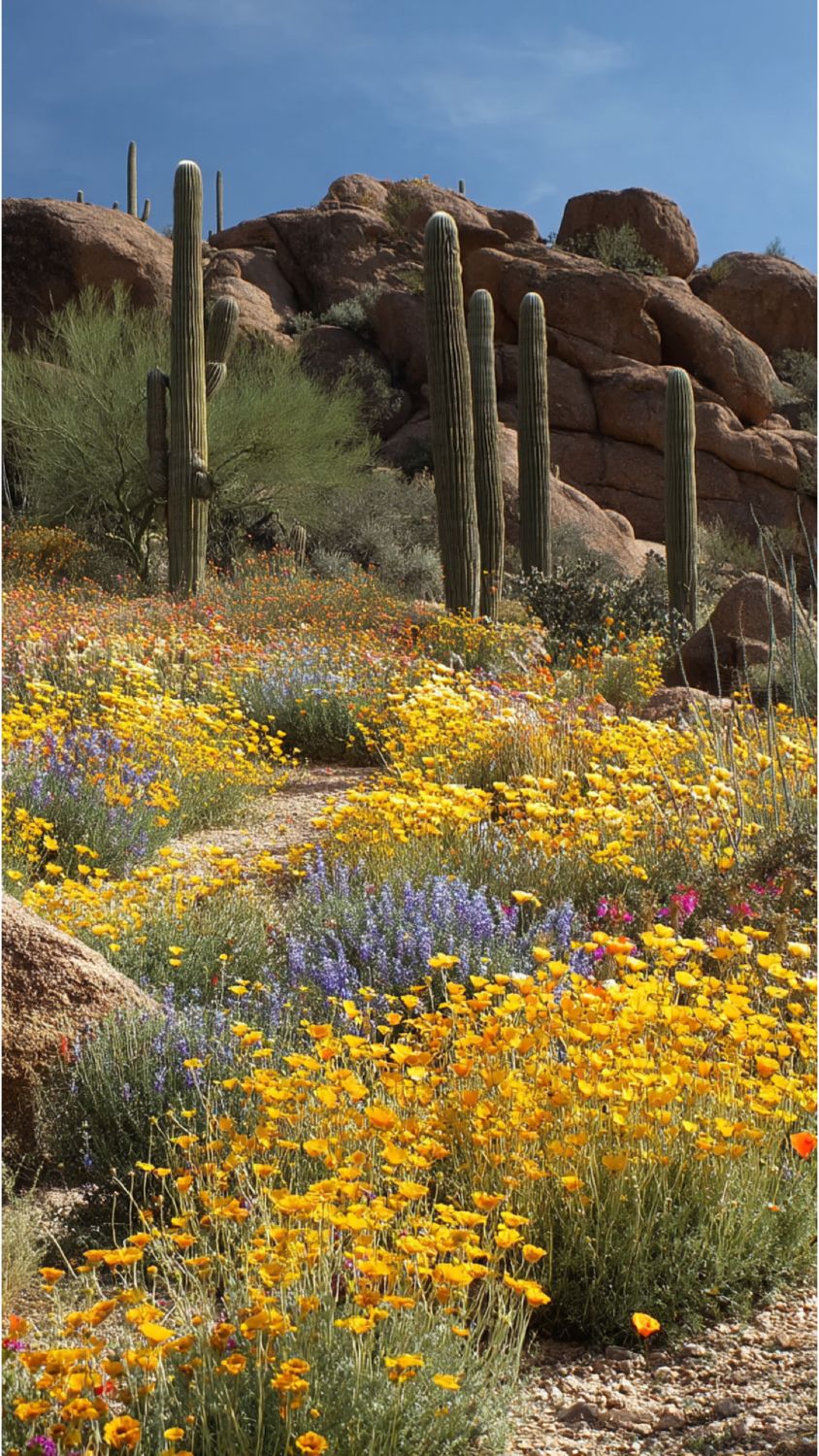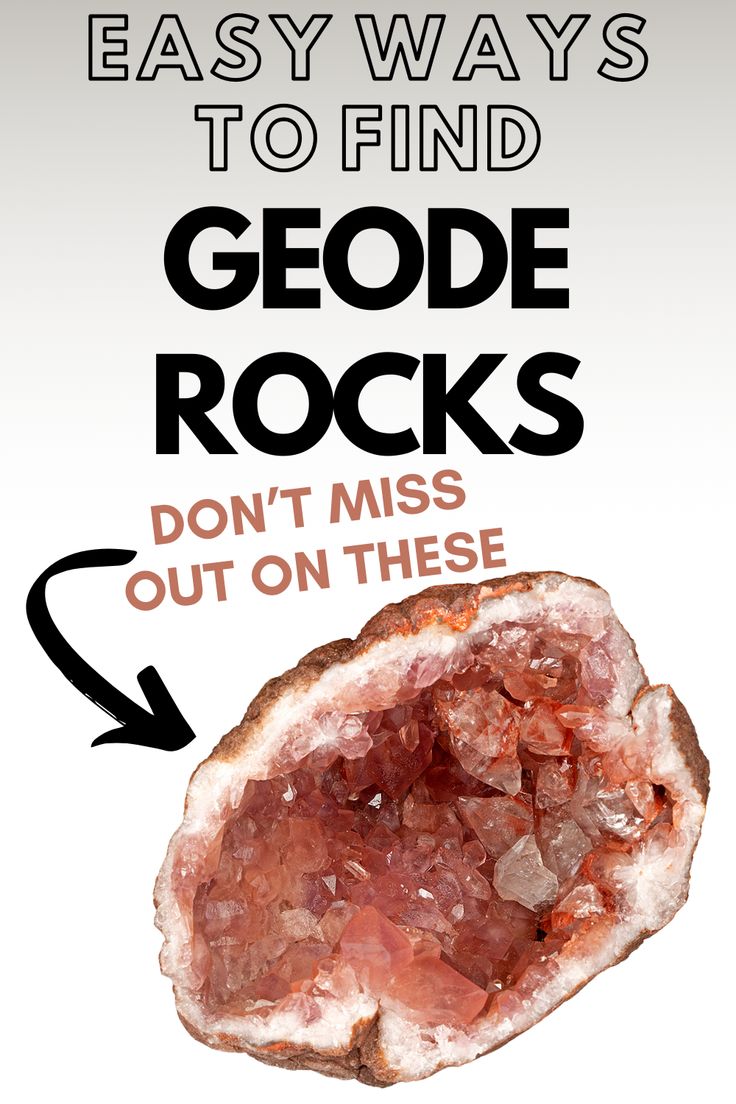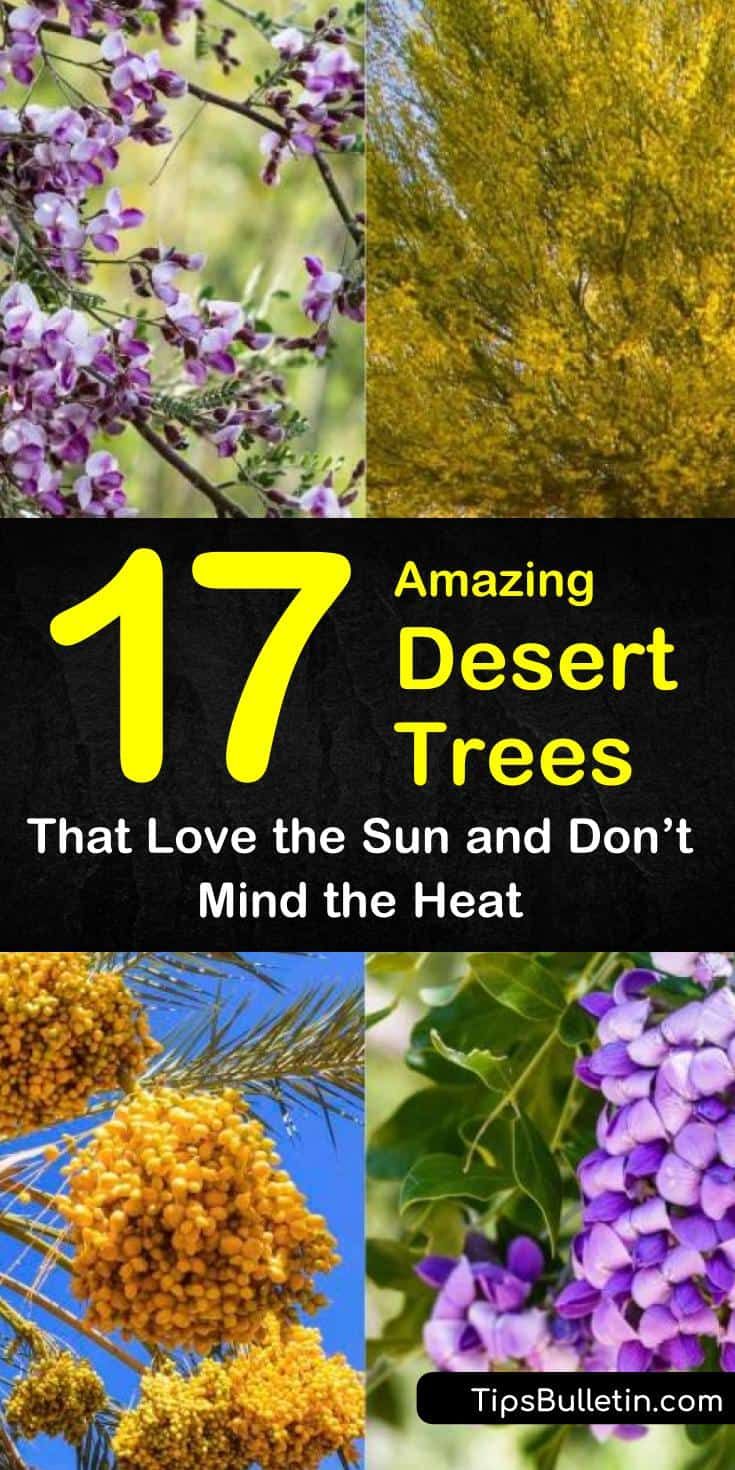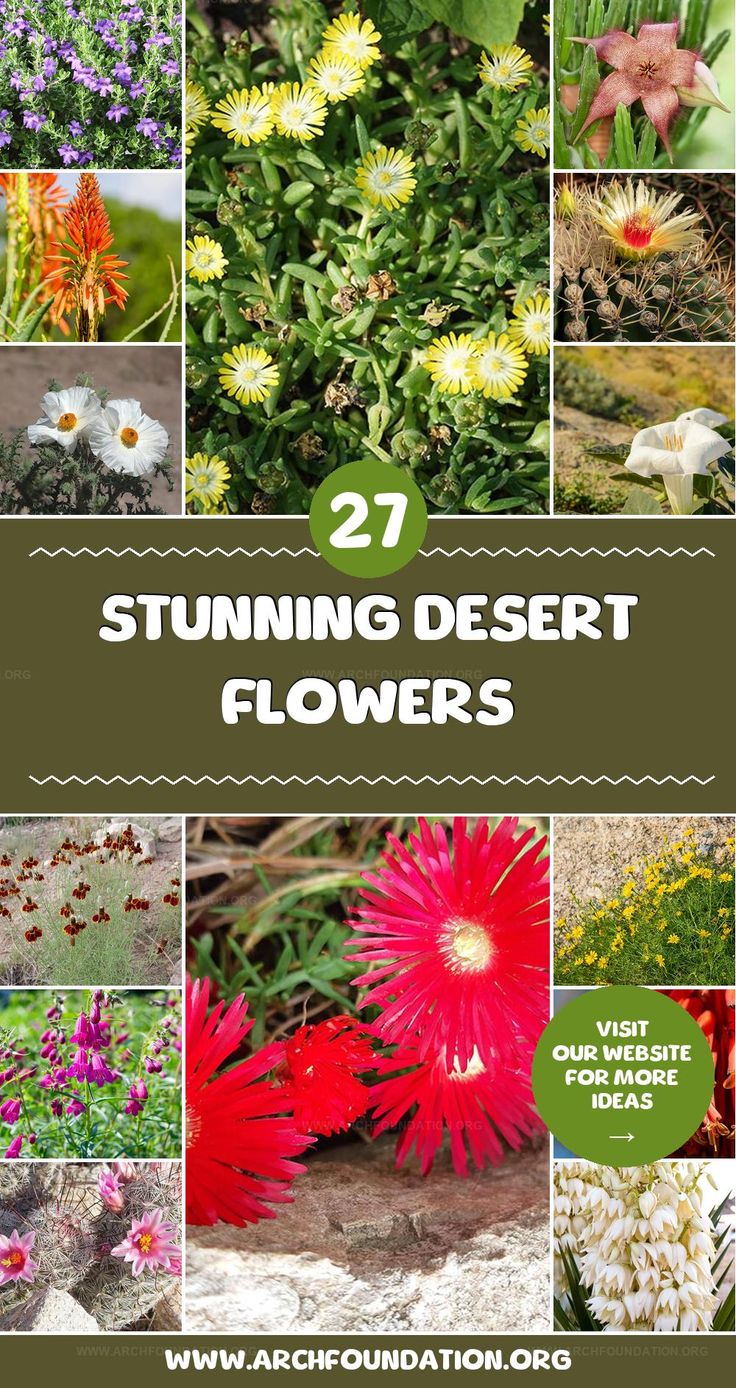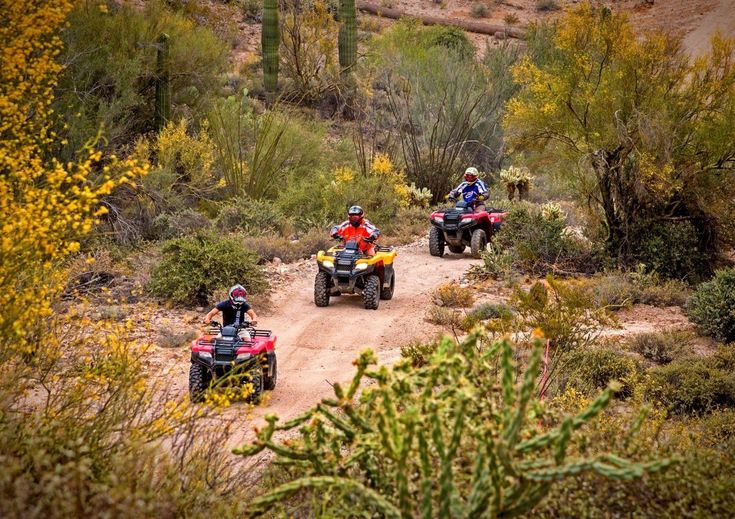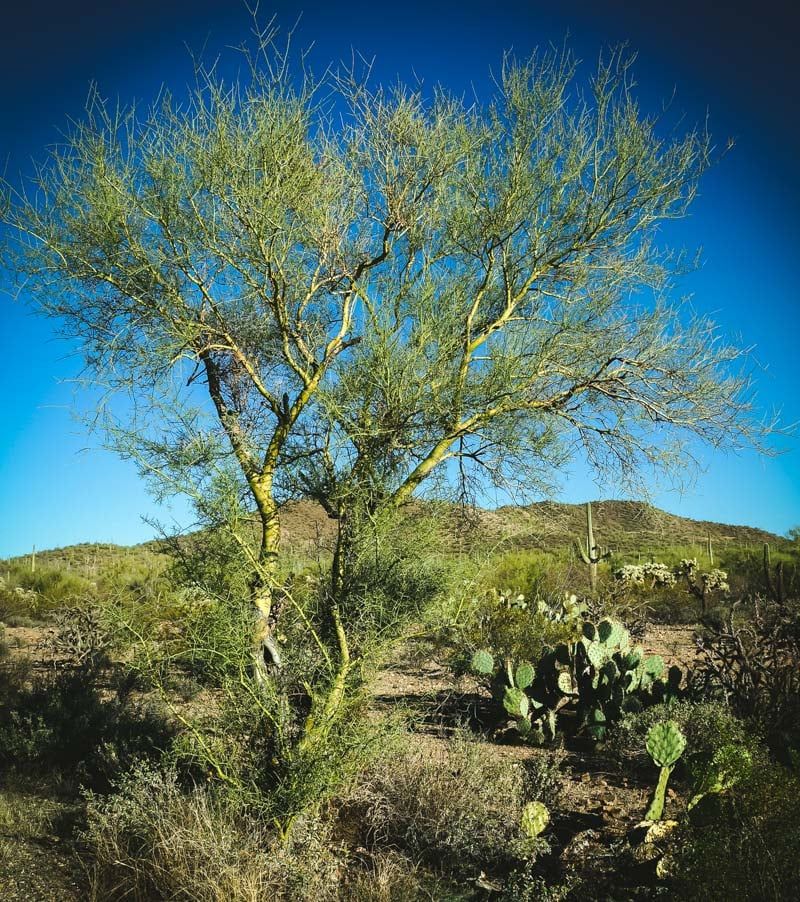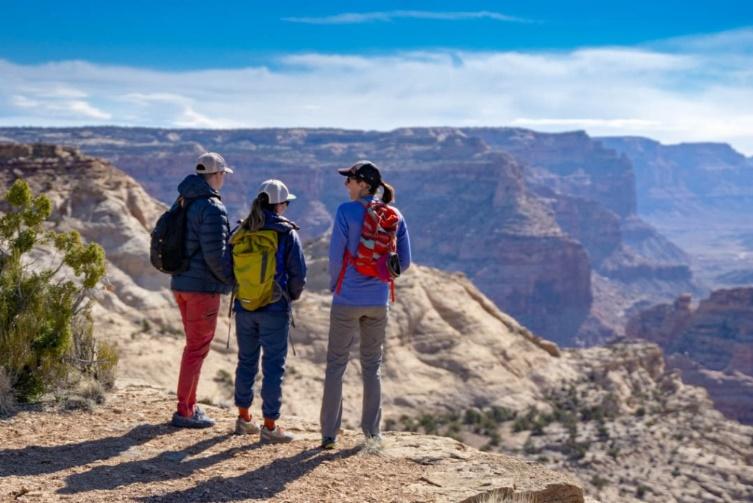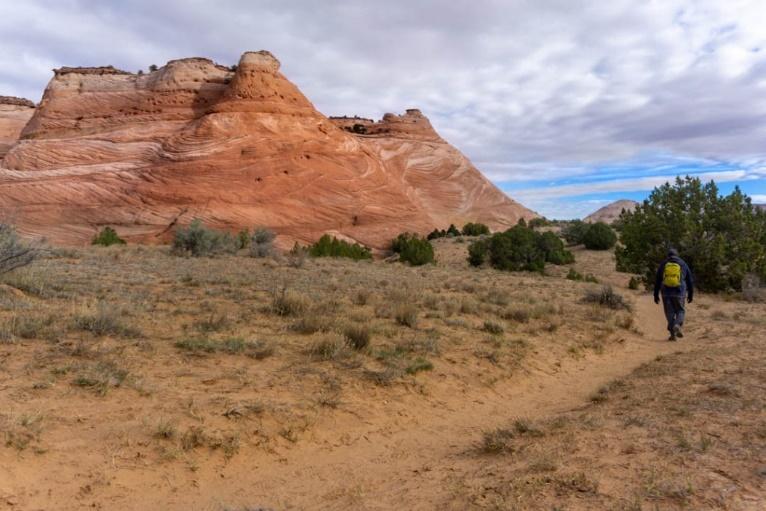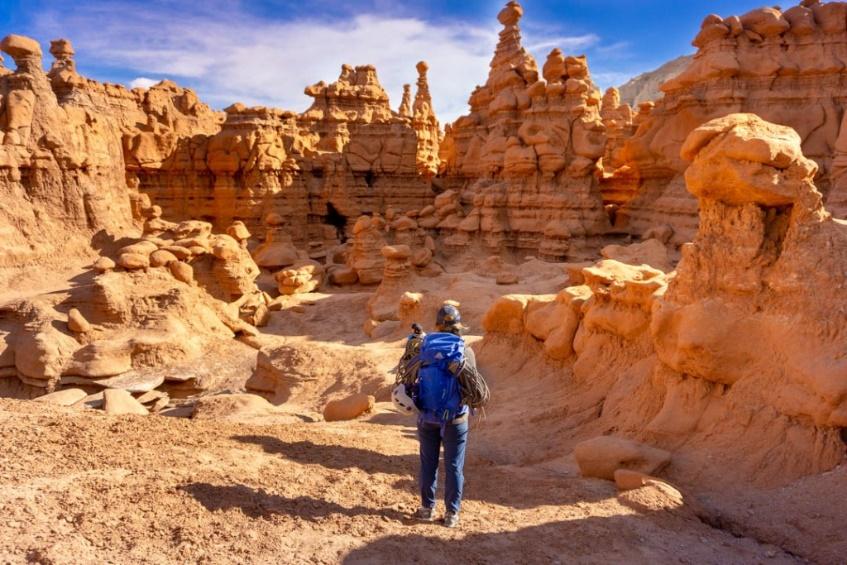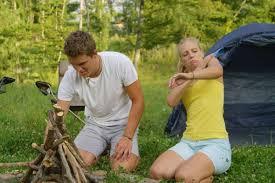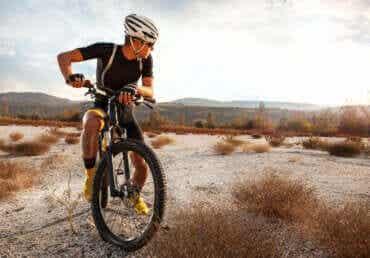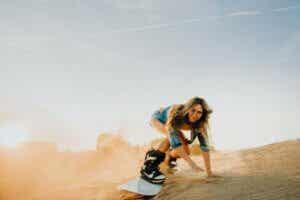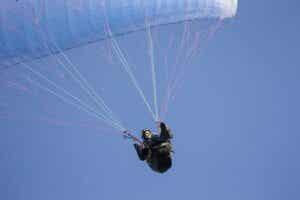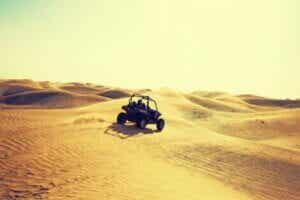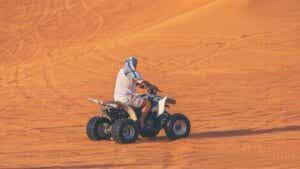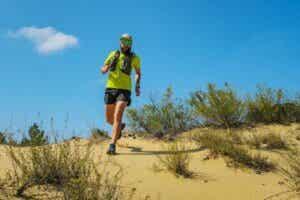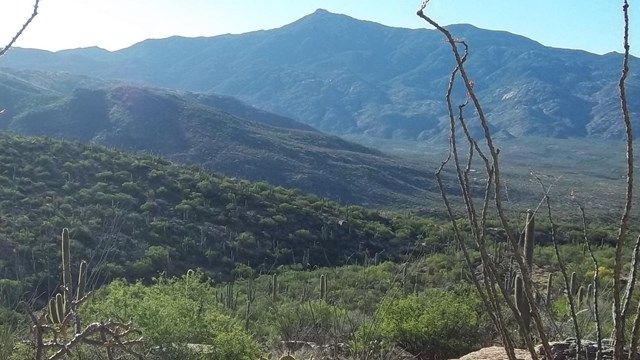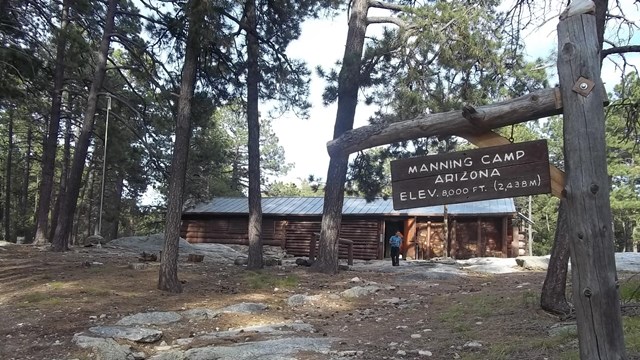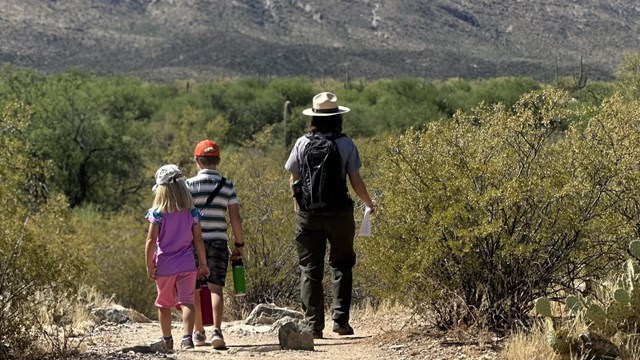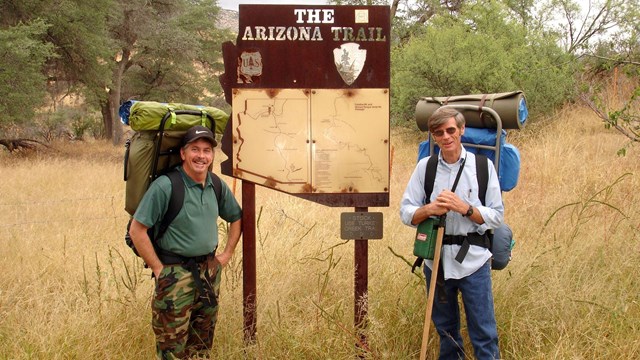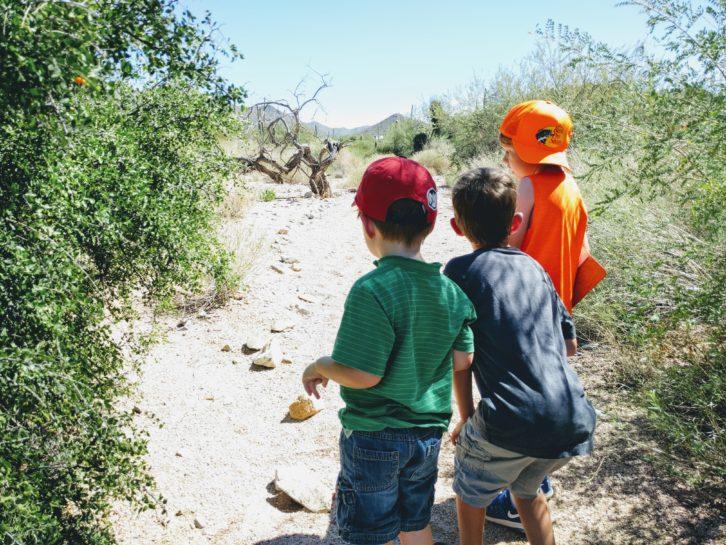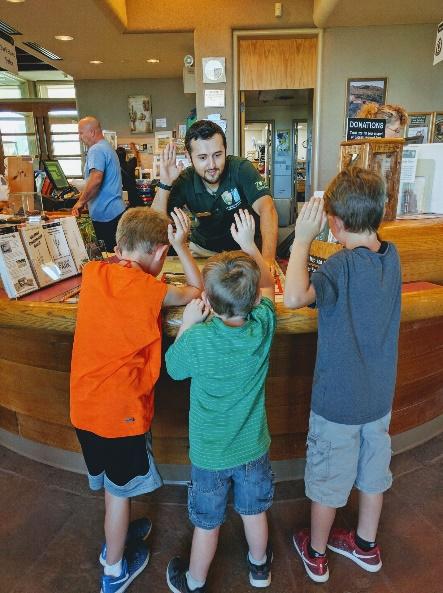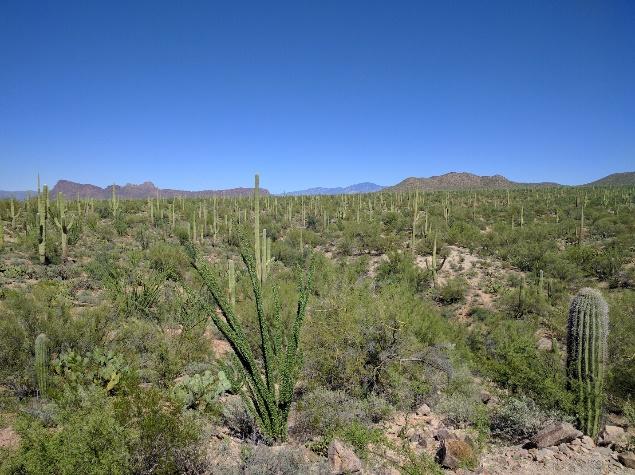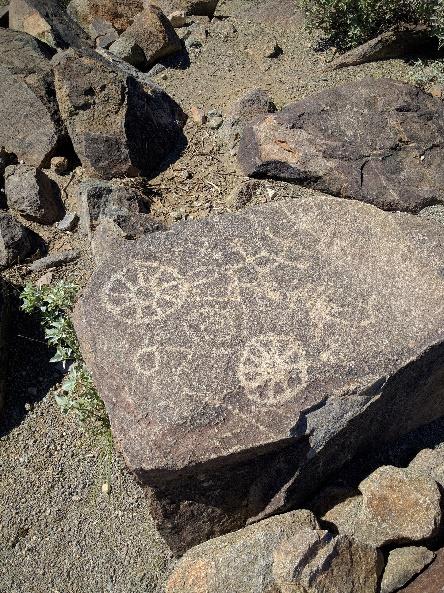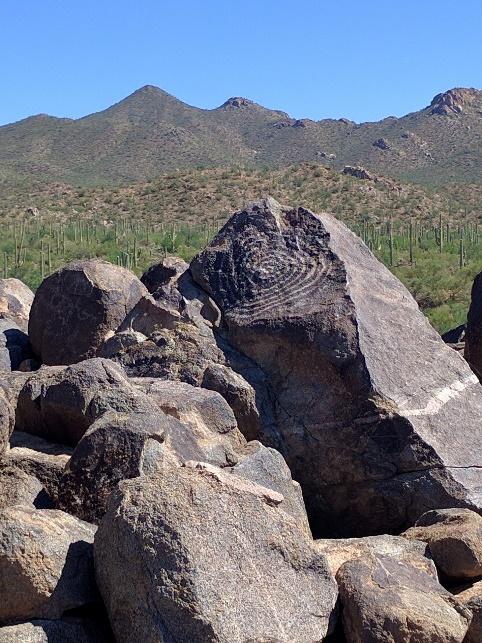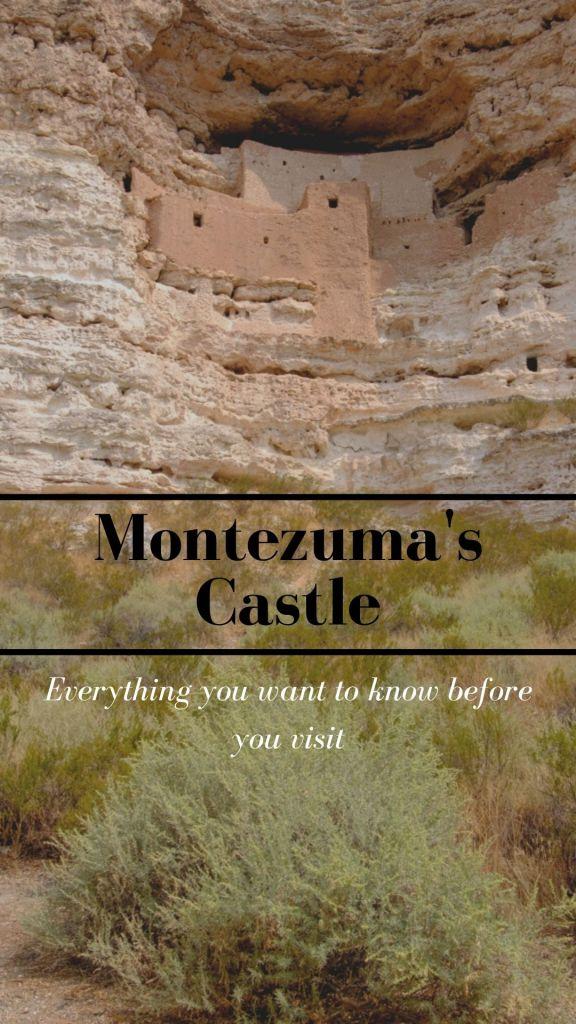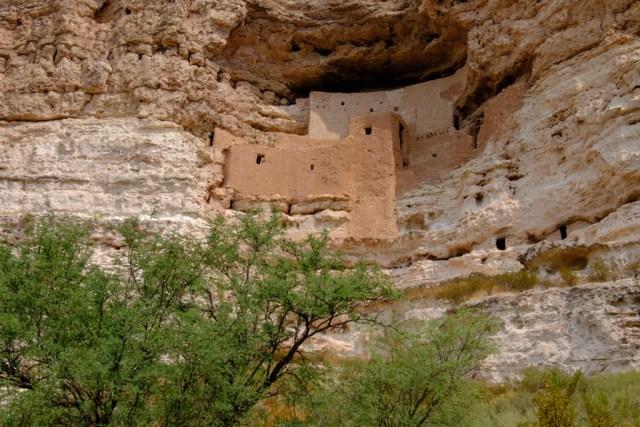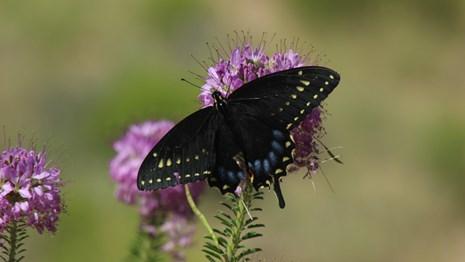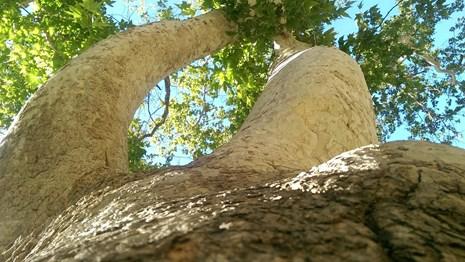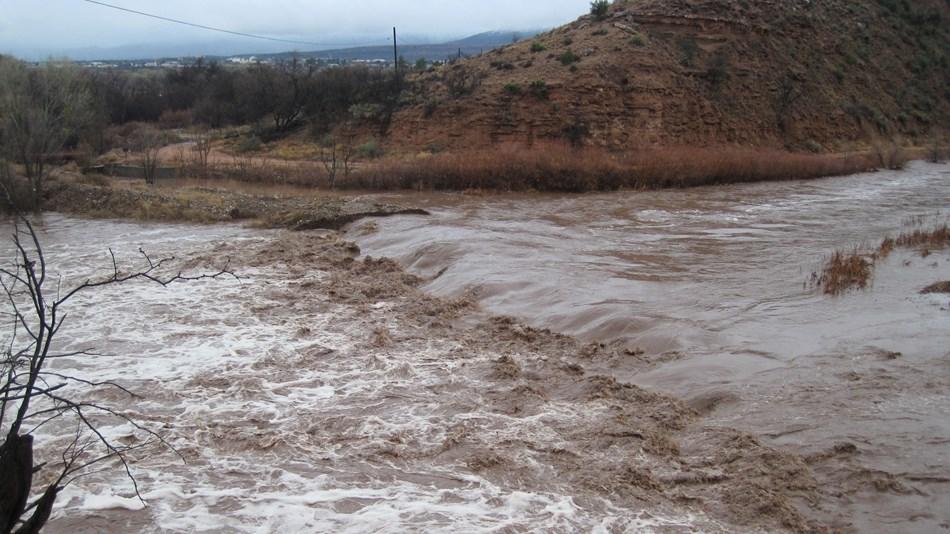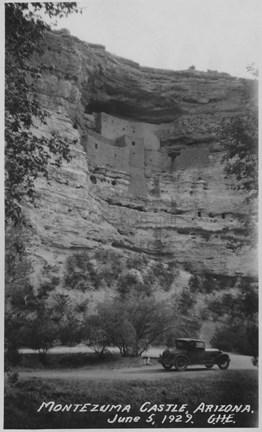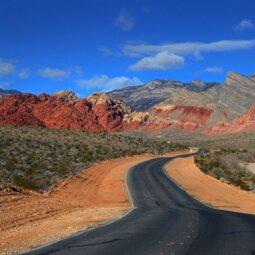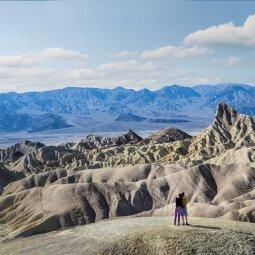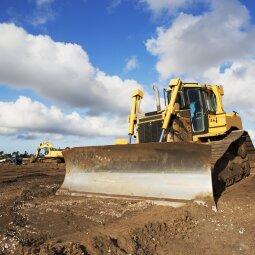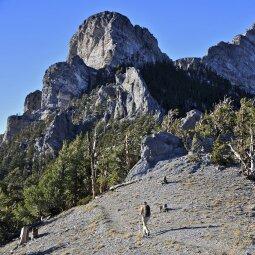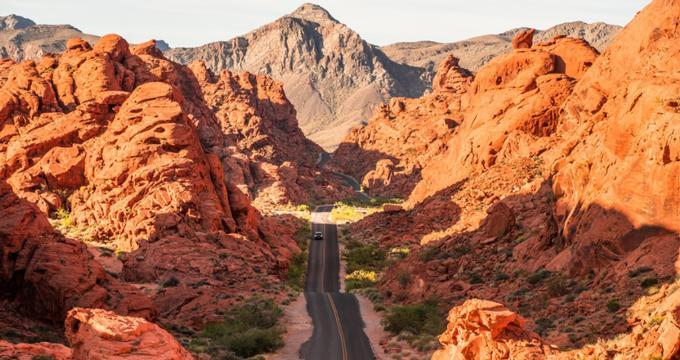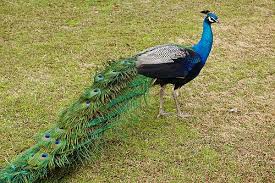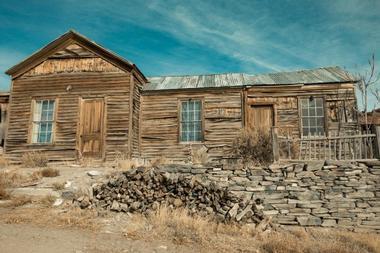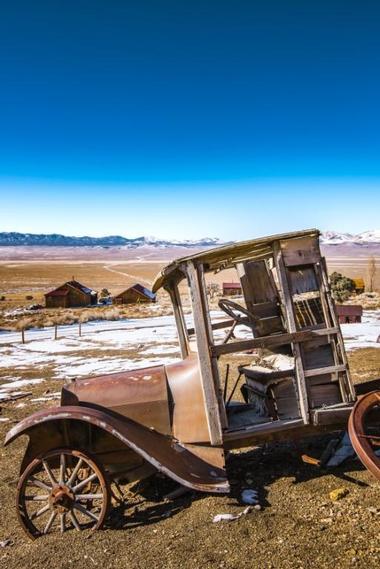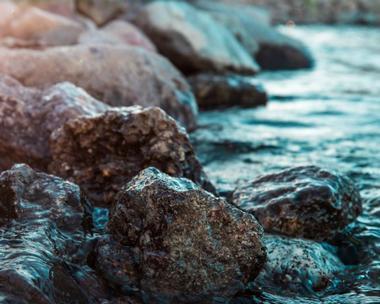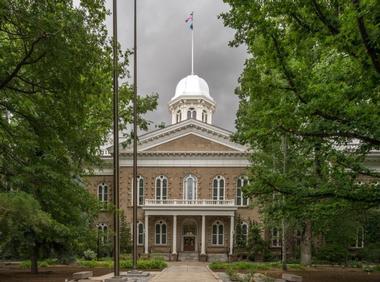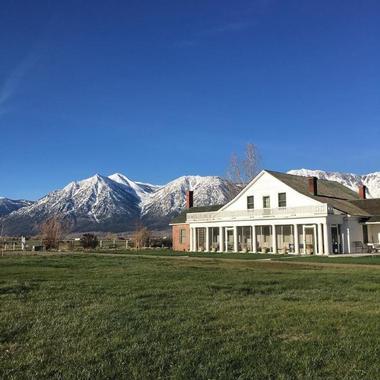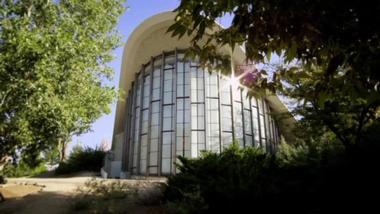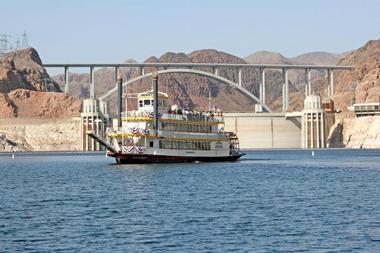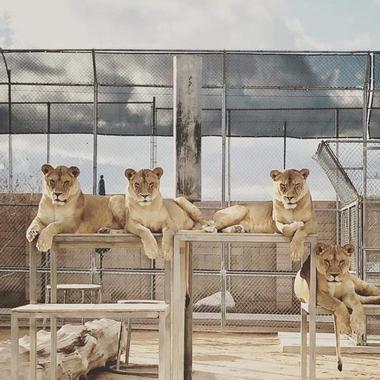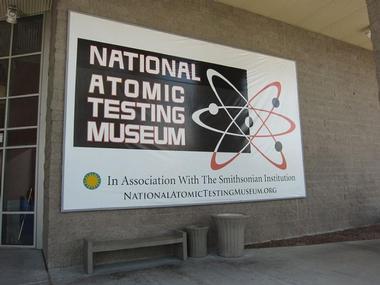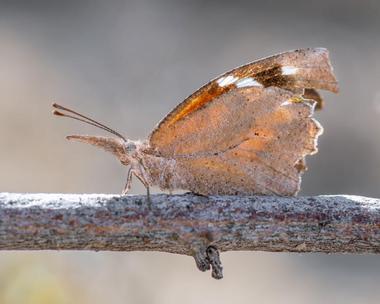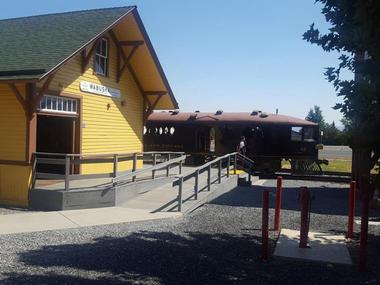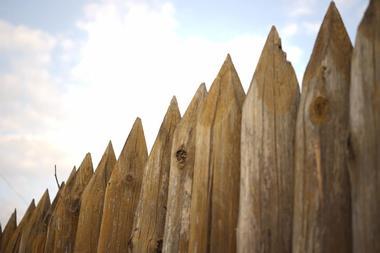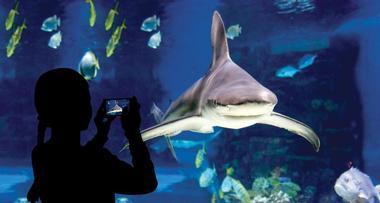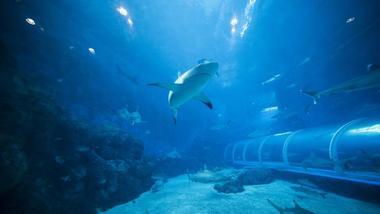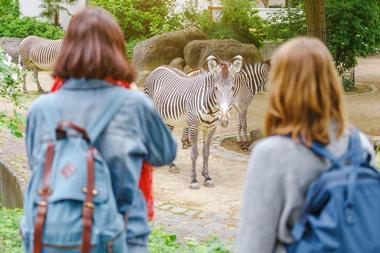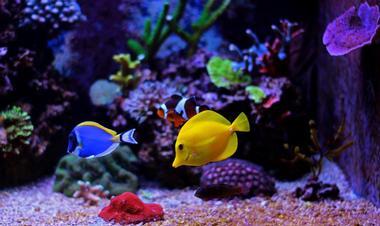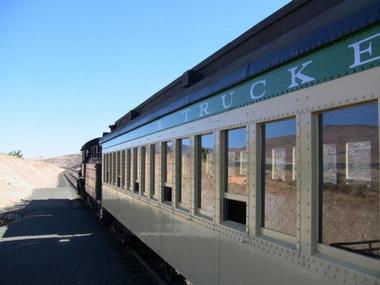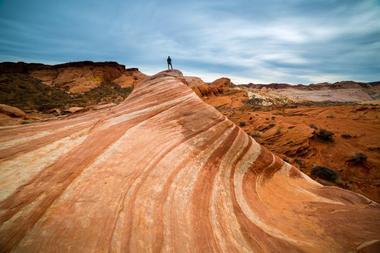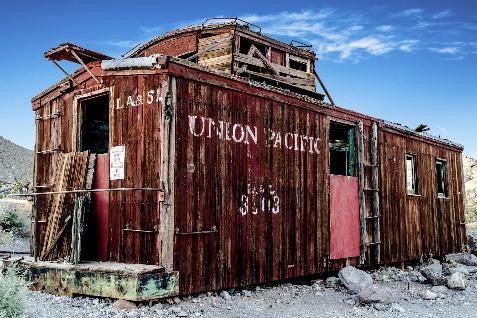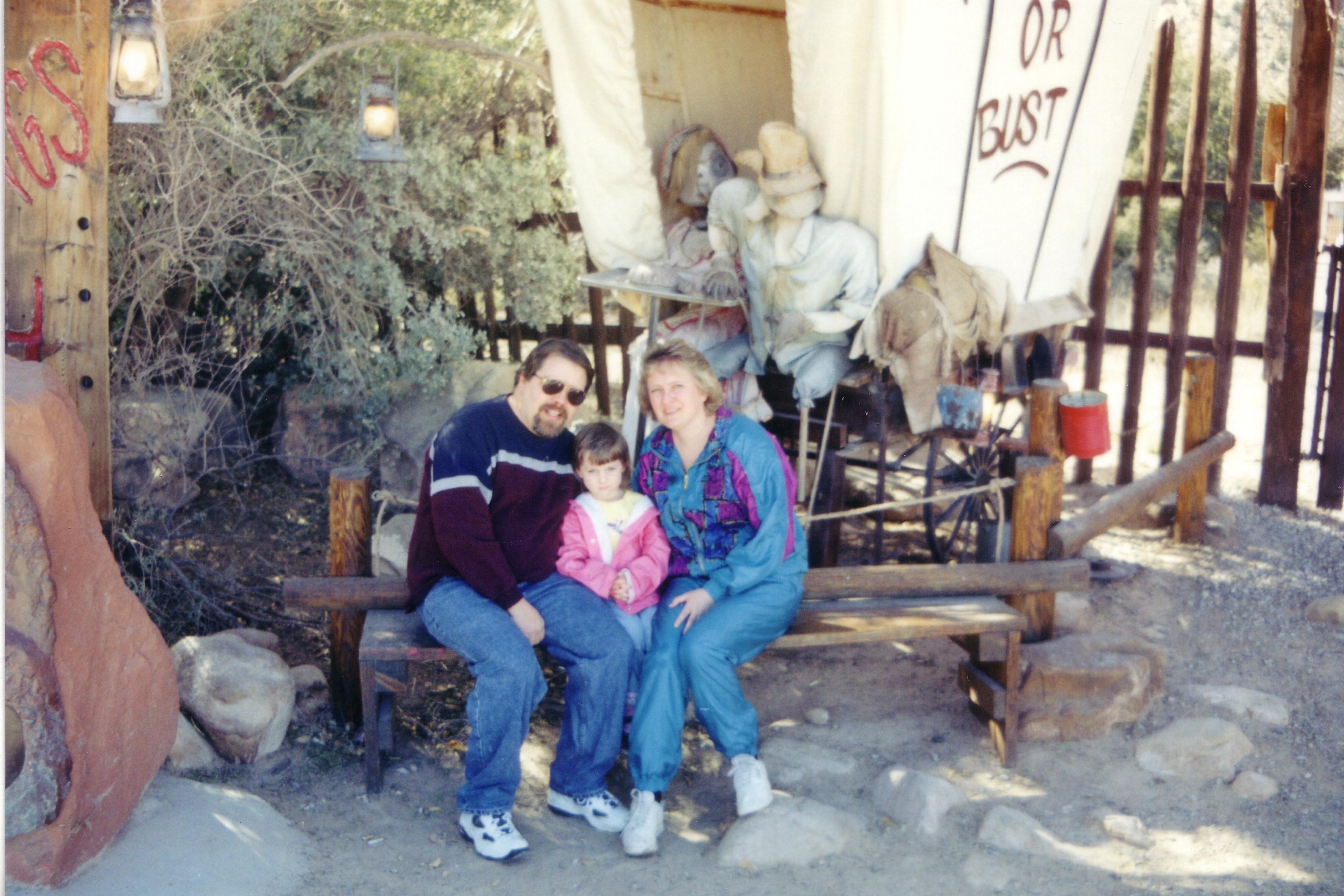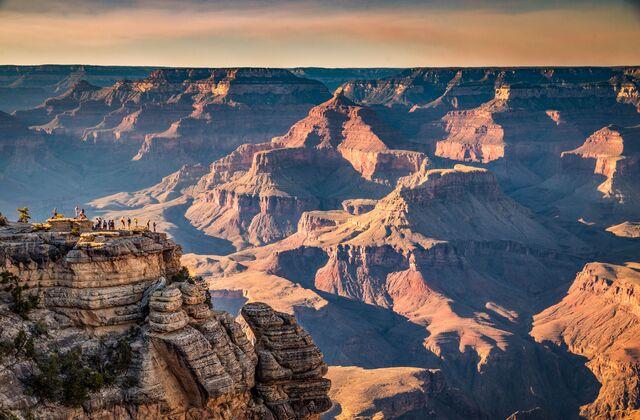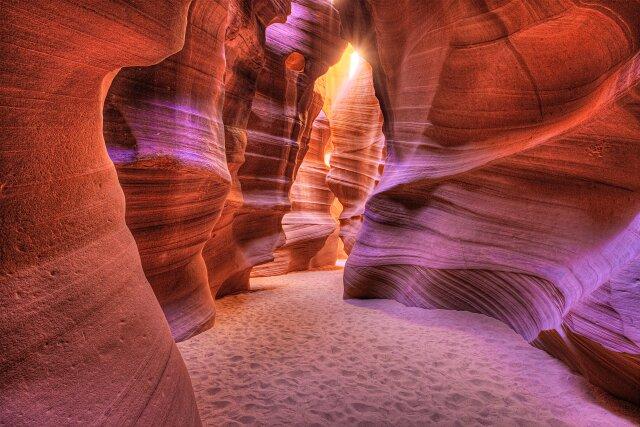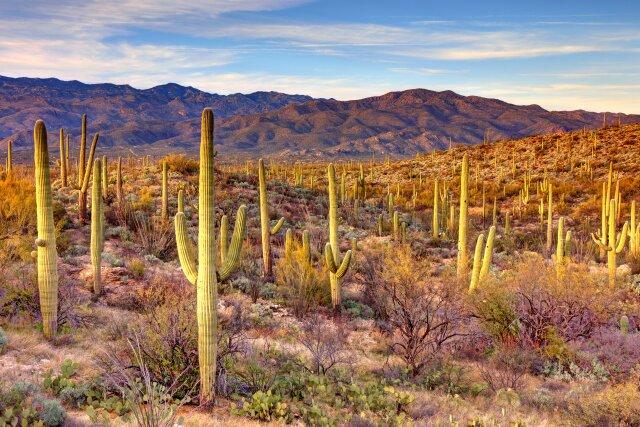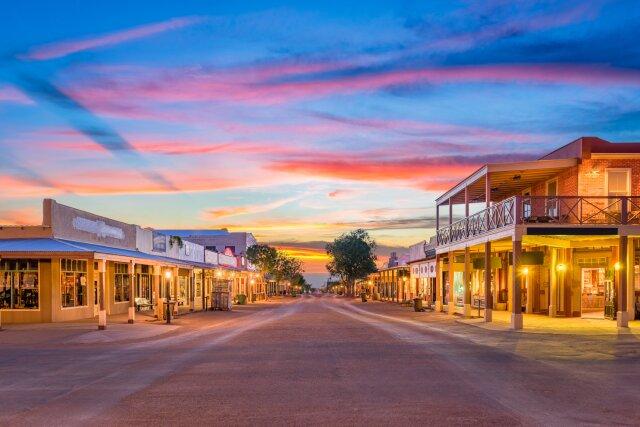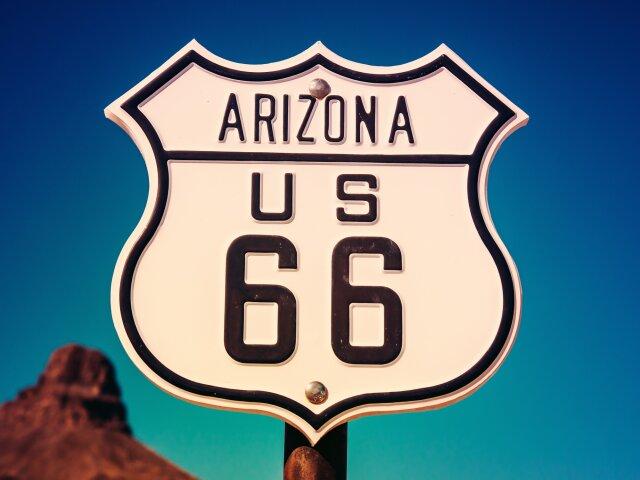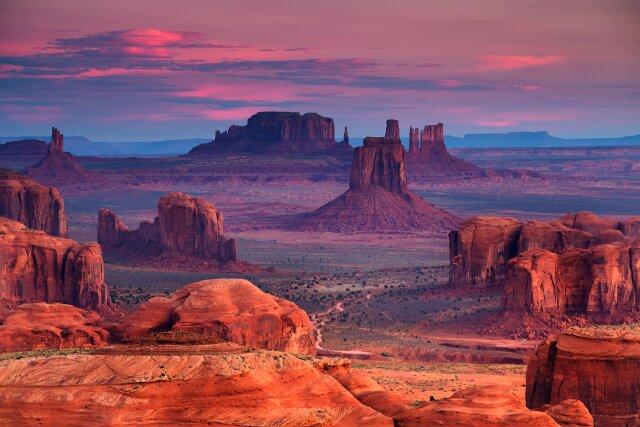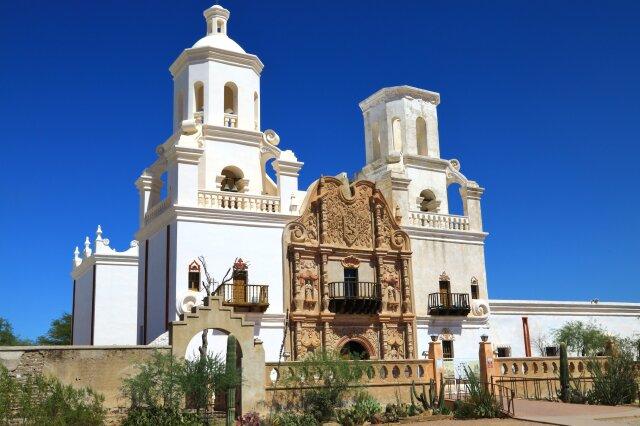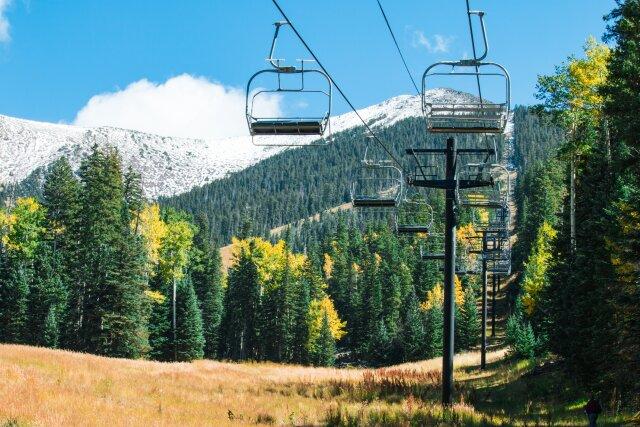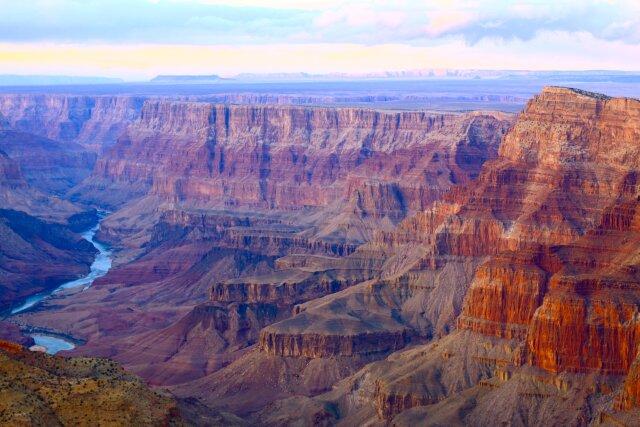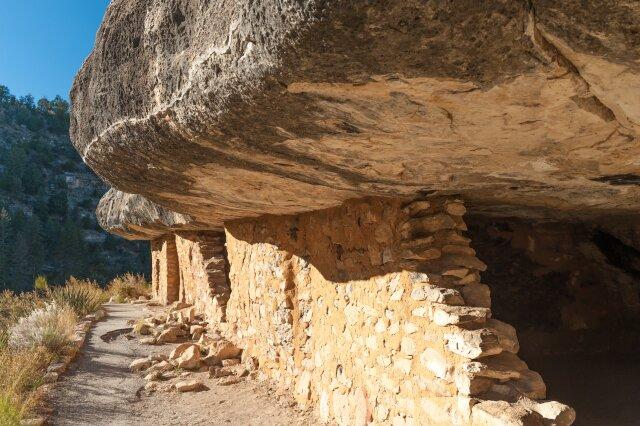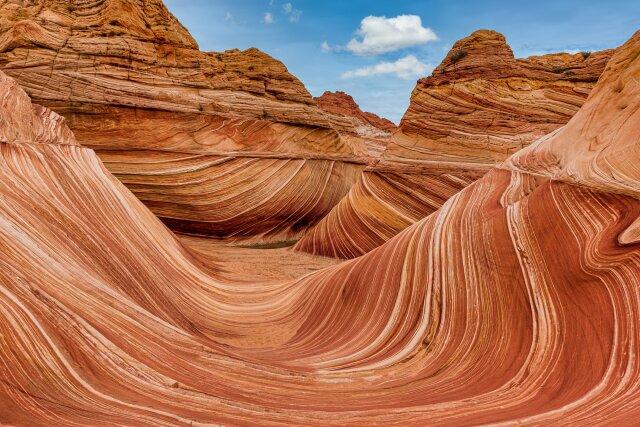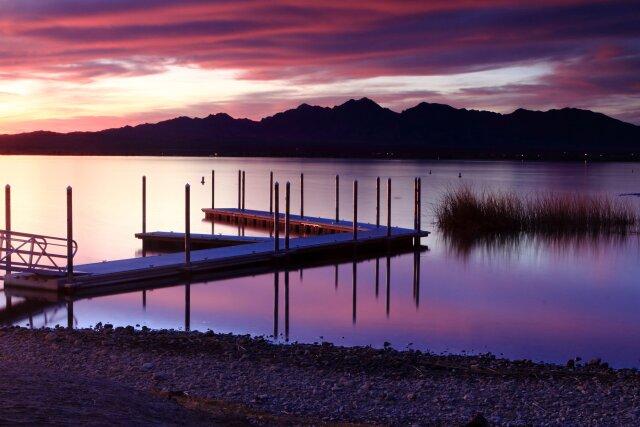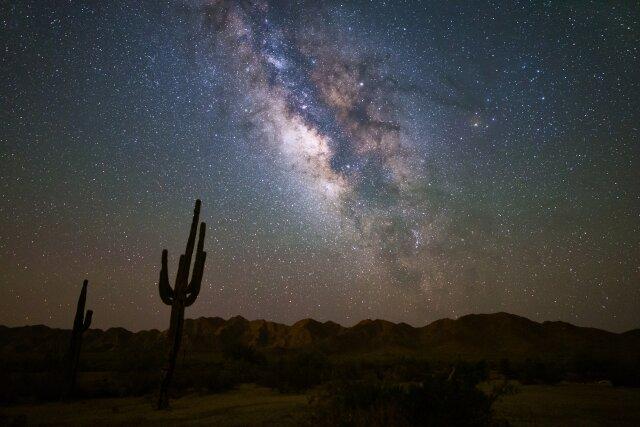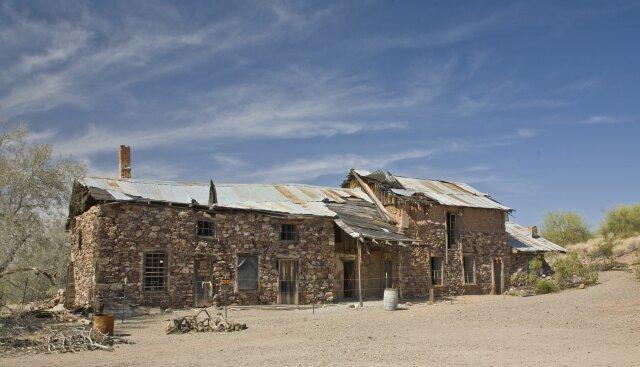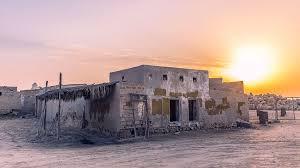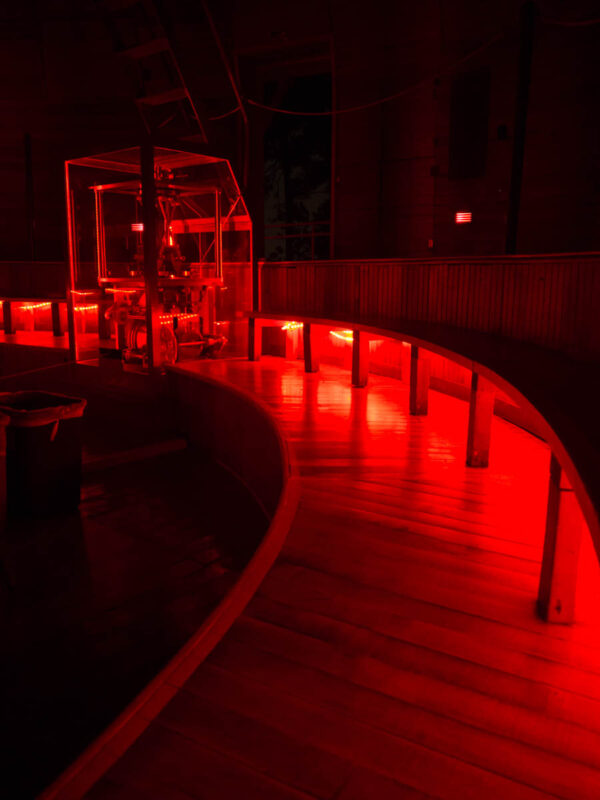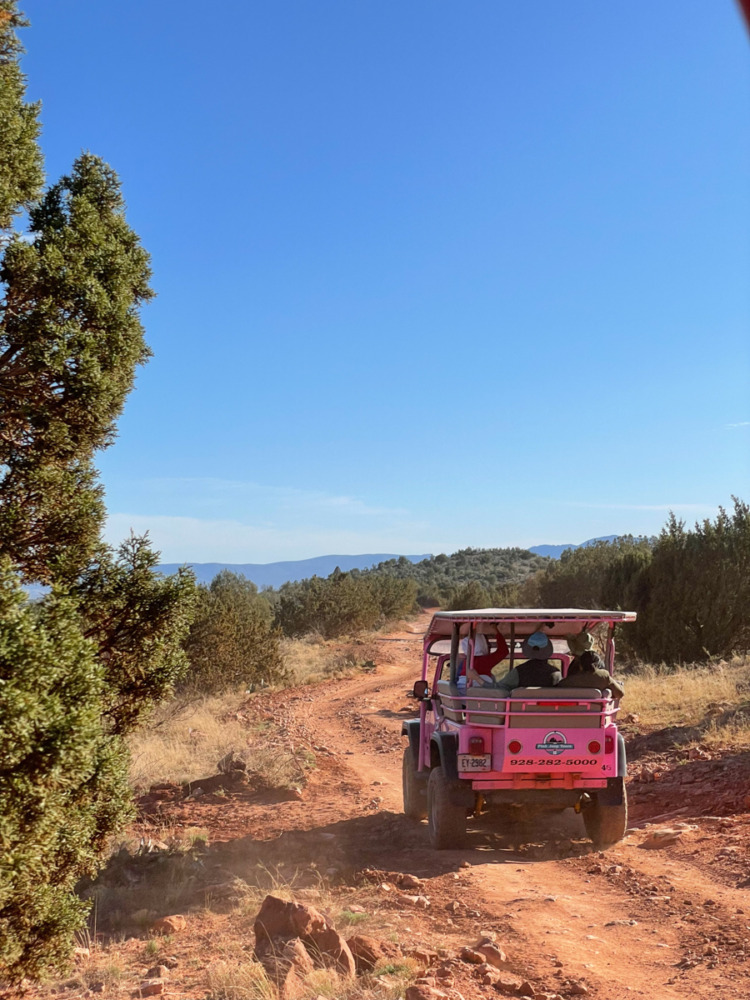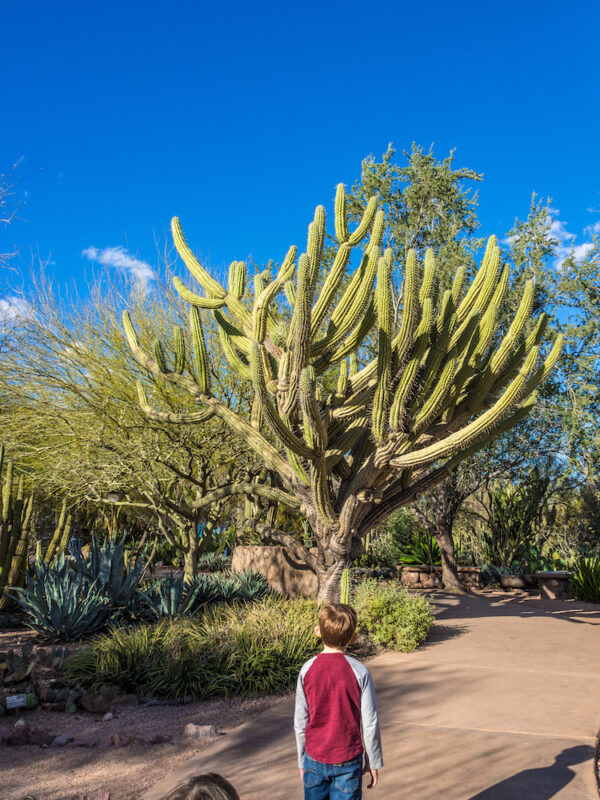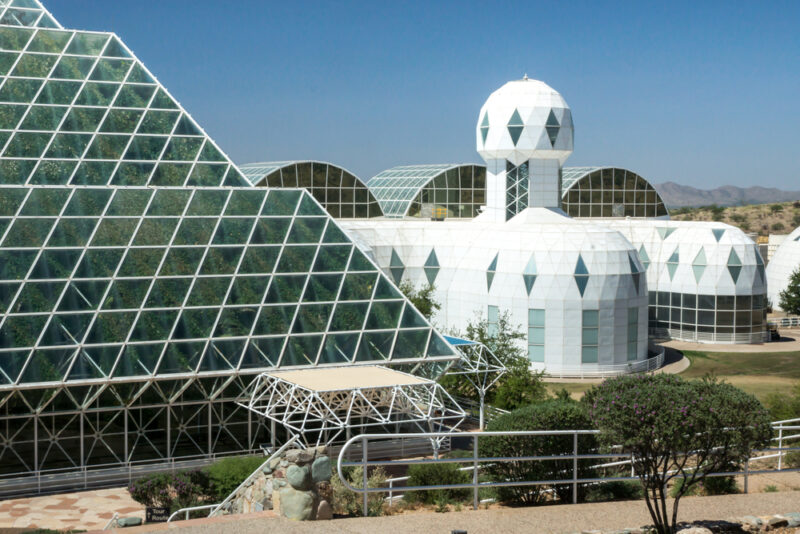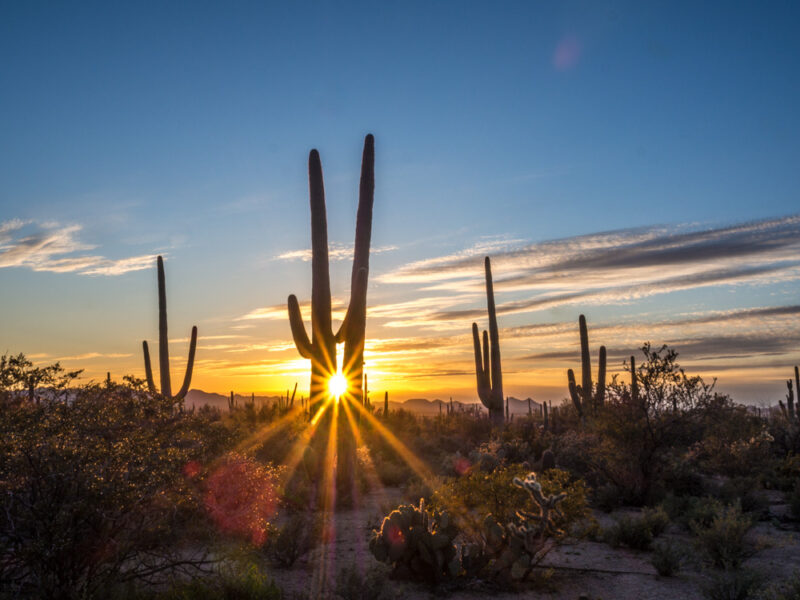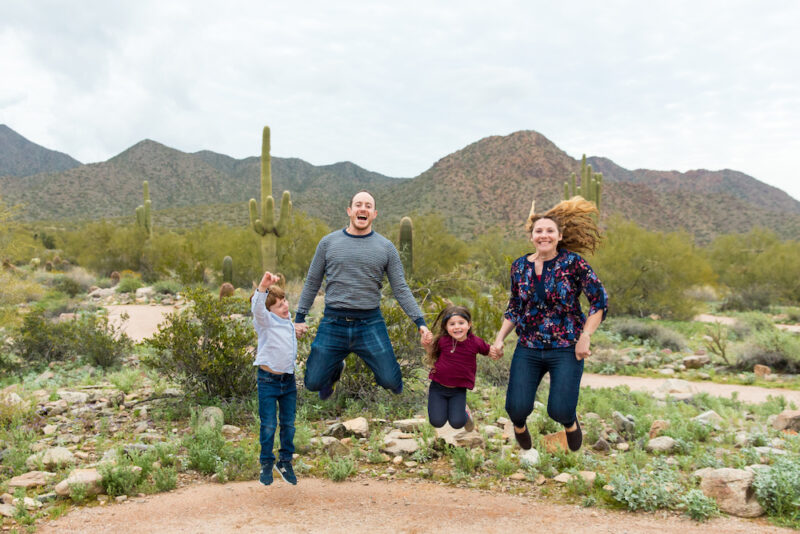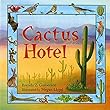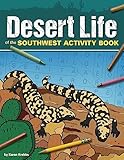25 Best Things To Do in Grand Canyon
The Best time to Visit the Grand Canyon
There is never a bad time to visit the Grand Canyon, although snow and ice can mean some roads are closed during the height of winter.
The weather is at its best in the Spring time between April and June, when rainfall is low and the temperatures are still pleasant, before they soar in the Summer.
As with most popular attractions, it is best to avoid the peak season during school holidays if at all possible due to the crowds.
Where to stay at the Grand Canyon
Even the most skeptical of travelers becomes awestruck at the sight of the Grand Canyon's massive expanse of gorges, ridges and rock formations. So simply enjoying the view – from a variety of vantage points – is an activity that could take hours.
One of the best ways to admire the canyon is on a hiking tour that takes you to the bottom: Some of the best trails include the Bright Angel or Rim trails on the South Rim. Rafting the Colorado River is another option, as is a helicopter tour. Some of the best Arizona tours include full-day itineraries in the park; consider an organized tour if you don't want to navigate the park by yourself.
A Couple of kid friendly Activities
Attend a Grand Canyon Ranger Program
In addition to the Grand Canyon’s historical sites, there are also guided hikes and tours given by park rangers, many of which make great Grand Canyon family tours.
With titles such as “Canyon Tales”, “Critter Chat”, “Fossil Discovery” and “Geology Glimpse”, Grand Canyon National Park ranger programs are both educational and fun.
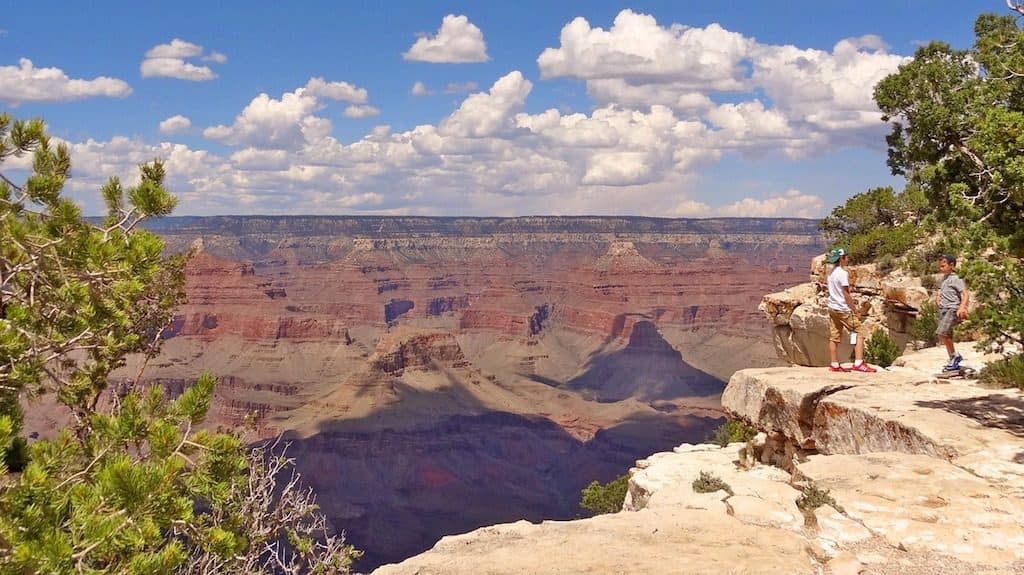
Make note that all ranger programs are free of charge and that children must be accompanied by an adult. Outdoor programs are subject to cancellation due to inclement weather or when lightning danger is present.
For a complete list of ranger programs, times, and locations, visit the National Park Service website here.
Become A Junior Ranger
Grand Canyon National Park’s Junior Ranger Program is a fun add-on to the Grand Canyon for kids.
The ranger program was designed to help teach children the importance of preserving and protecting national parks. Likewise, they help teach about nature and history while encouraging children to have fun exploring the parks.
Depending on which part of the canyon that you visit, children wanting to participate can pick up a free age-specific Junior Ranger activity book at the corresponding Visitor Center.
In order to become a Junior Ranger your kids will need to: attend a ranger-led program (as mentioned above), write their observations, draw pictures, and create a poem. There are special activity sheets available for younger children.
Upon bringing their completed activity packet to a Visitor Center for review by a ranger, children take a pledge and receive an official Grand Canyon Junior Ranger badge.
Ride the Scenic Hermit Road Grand Canyon Shuttle Bus
Another option of the best way to see the Grand Canyon with family is via the free Hermit Road Shuttle bus.
Closed to private vehicles, the Hermit Road has a shuttle that travels along a 7-mile (11 km) stretch between Grand Canyon Village and Hermits Rest, stopping at nine designated viewpoints along the way.
With some of the best Grand Canyon views that you can see anywhere, this Grand Canyon shuttle bus gives you the chance to look at the iconic scenery while someone else does the driving.
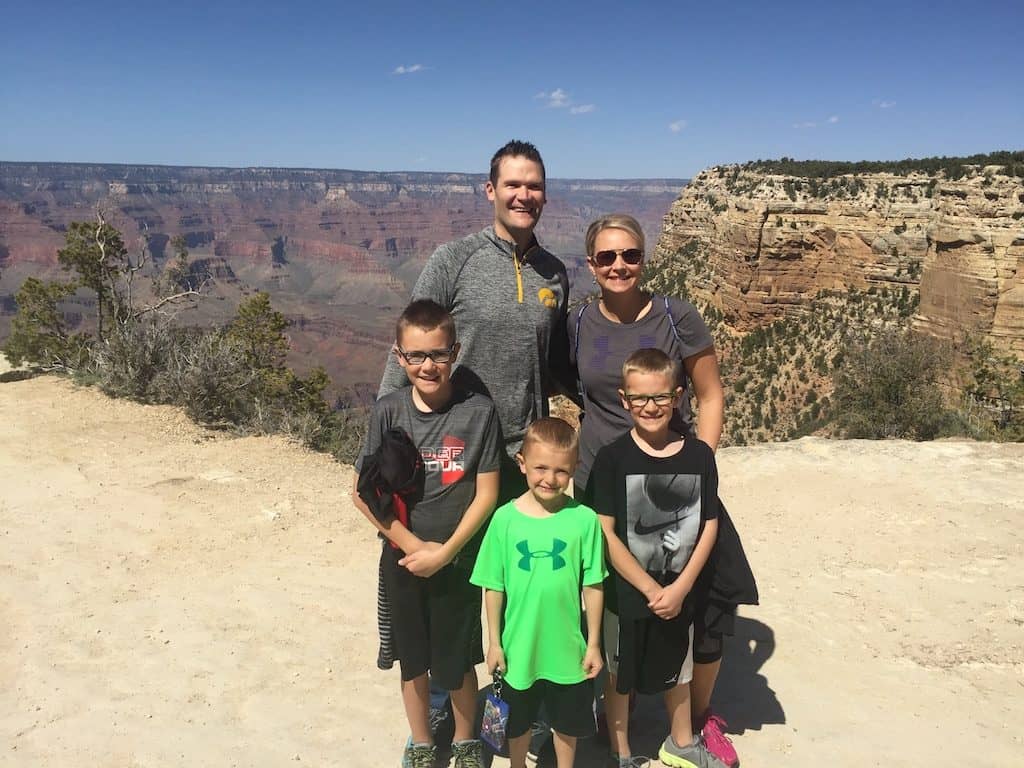
Outbound shuttles depart Grand Canyon Village every 15-30 minutes (depending on the season) and travel in a loop format between the nine various points of interest which include Pima, Mohave, Hopi, and Powell Point.
This extremely popular route provides excellent walking opportunities via the Rim and Greenway trails, as well as bicycling opportunities along Hermit Road.
Make note that the last return trip buses depart Hermits Rest 1 hour after sunset.
Go Dark Sky Star Gazing
Grand Canyon National Park is a provisional International Dark Sky Park, making it one of the best places in the world for seeing stars and star gazing is another of our favourite family activities at the Grand Canyon.
The canyon’s remote location away from major cities and air pollution make for exceptionally dark skies and crisp night time views.
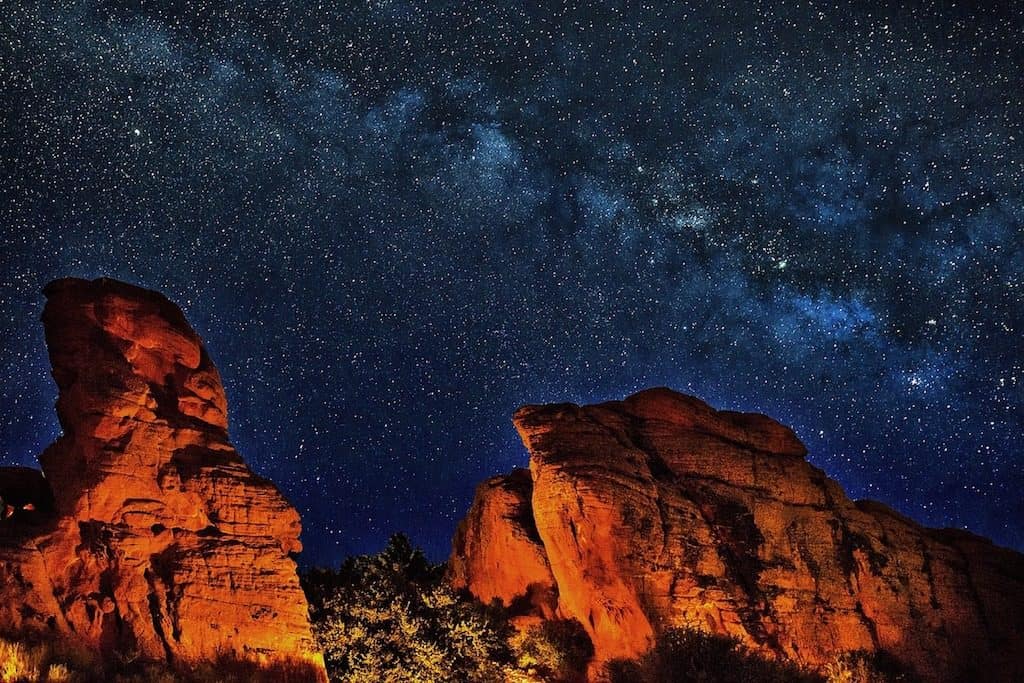
Once a year, for 8 days in June, the entire park becomes an observatory during the annual Star Party. Amateur astronomers from across the country volunteer their expertise and offer free nightly astronomy programs and telescope viewing.
If your visit to Grand Canyon Nation Park doesn’t align with the Star Party, head to any of the viewpoints along the South Rim to see the canyon by starlight and find unobstructed views of the sky. This really is one of the coolest things to see in Grand Canyon.
Be prepared to drive your own car, as park shuttles only run until an hour after sunset.
Visit the Grand Canyon Visitor Center
Either before or after your tour of Grand Canyon National Park, be sure to visit The Grand Canyon National Geographic Visitor Center with your kids.
Looking for more fun in this state? Check out the top things to do in Arizona.
Updated March 11, 2022
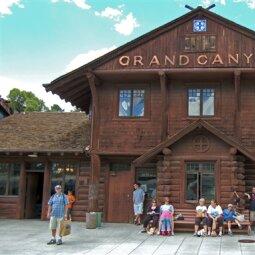
Grand Canyon Village
FREE
#1 in Grand Canyon
Half Day to Full Day
Grand Canyon Village is the most popular entryway into the park and, as such, often suffers from heavy crowds during peak times in the spring, summer and fall. But there's a reason the area is so appealing: It's home to Yavapai Point, one of the best places to view the canyon. If you don't like camping but want to stay within the park, you should consider looking for lodging here.
If you're staying elsewhere, anticipate spending at least half a day visiting the village's sights. Stop by the rustic Grand Canyon Railway Depot, which welcomes Grand Canyon Railway passengers to the village. Here, you'll learn about how the expansion of the railroad had an impact on Grand Canyon tourism. For authentic Native American souvenirs, head to the Hopi House, an adobe-style building representing a traditional Hopi crafts studio. Meanwhile, art aficionados should stop by the Kolb and Lookout studios for works of art inspired by the Grand Canyon.
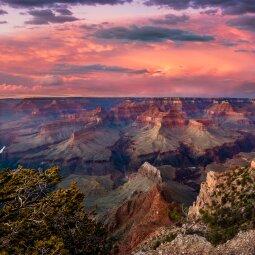
FREE
#2 in Grand Canyon
Natural Wonders, Free
TYPE
Half Day to Full Day
More popular among average travelers than the rugged North Rim, the South Rim is where visitors will find the majority of the Grand Canyon's most well-known activities. Attractions on this side of the Grand Canyon include Grand Canyon Village, the South Kaibab Trail, Bright Angel Trail, Mather Point, the Yavapai Geology Museum and more. Travelers can explore scenic areas and hiking trails on the south side of the canyon on foot or take guided tours by mule. Campsites are located at Mather Point and Desert View, and there is also an RV park outfitted with grills, laundry facilities and picnic benches.
Recent travelers loved the plethora of things to do and places to see on the South Rim. Families with young kids noted that many lookout areas and some paths were manageable enough for children, and visitors who use wheelchairs were thrilled by how much of this section of the canyon is accessible. Because there are enough things to do at the South Rim to keep you busy all day, reviewers recommend starting early in the day and packing sufficient food and water if you plan to do a lot of hiking. Still, there are a variety of restaurants, dining rooms and coffee shops on this side of the park, so you won't need to worry about going hungry during your visit.
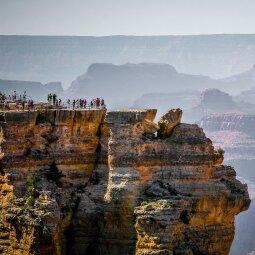
Mather Point
FREE
#3 in Grand Canyon
Natural Wonders, Free
TYPE
Less than 1 hour
TIME TO SPEND
READ MORE
Located in the South Rim, Mather Point is the first view many visitors get of the Grand Canyon. Travelers can take an easy 5-minute walk from the Grand Canyon Visitor Center to the lookout, which – if you don't mind sifting through some crowds – provides exceptional vistas of the rugged cliffs and trails below. If weather conditions are right, visibility exceeds 30 miles to the east and 60 miles to the west. Mather Point is also a popular spot to watch the sun rise and set over the canyon.
Recent travelers had nothing but good things to say about Mather Point, praising its easy accessibility and stunning views. They also noted that its location is convenient to restrooms and a cafe in the visitor center. Although avoiding the masses is admittedly difficult, some reviewers recommended arriving outside of the busy hours surrounding sunrise and sunset for slightly thinner crowds.
Air, Helicopter & Balloon Tours

45-minute Helicopter Flight Over the Grand Canyon from Tusayan, Arizona

Grand Canyon Helicopter 40-Minute Flights with Optional Hummer Tour
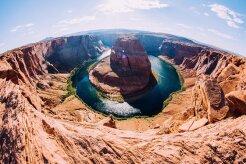
Arizona Highlights - Antelope Canyon and Lake Powell Flight with River Rafting
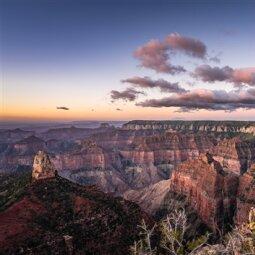
North Rim
FREE
#4 in Grand Canyon
Free, Parks and Gardens, Neighborhood/Area, Hiking
More than Full Day
The North Rim has a reputation for its rugged, isolated trails, its sparse facilities and a lack of appeal in the eyes of the tourist mainstream. However, this reputation is only partially true. Sure, the North Rim is less crowded than the South, but only relatively so. During peak tourism periods – from the late spring to early fall – the North Rim accommodates a large number of travelers. The good news for the nature purist is that there are only a few available facilities in the North Rim, so the area will likely always remain relatively underdeveloped. Popular spots in the North Rim include Bright Angel Point, which features views of the Roaring Springs, the North Rim's only water source. You should also swing by the 8,803-foot Point Imperial, the highest point on the North Rim.
Recent visitors called the North Rim spectacular and a must-see, remarking on its peaceful and quiet atmosphere. They also recommended booking accommodations here at least a year in advance to guarantee a room.
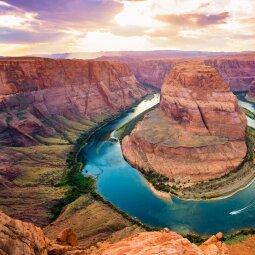
Horseshoe Bend and Antelope Canyon
Natural Wonders, Hiking
Half Day to Full Day
While Antelope Canyon and Horseshoe Bend are technically not located within Grand Canyon National Park, they are both within driving distance of the park, making for an excellent daytrip. Travelers can tour both breathtaking attractions on the same day; Horseshoe Bend can be explored on your own, but Antelope Canyon requires a guided tour reservation.
Located within Lake Powell Navajo Tribal Park – just east of the town of Page, Arizona, and about 130 miles northeast of the Grand Canyon's North Rim – Antelope Canyon is a unique geological structure formed by water erosion over millions of years. The slot canyon reveals deep, winding, bright orange and red tunnels that visitors can explore on foot via a guided tour. The canyon is especially magical between late March and early October, when sun rays are at the perfect angle to shine in from above. Recent visitors note that bringing a camera is a must during your visit, though they say that the canyon is even more stunning in person than in photos.
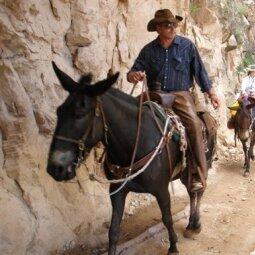
FREE
#6 in Grand Canyon
Free, Hiking
More than Full Day
Take this steep trail, which starts just west of the Bright Angel Lodge in Grand Canyon Village, to Plateau Point for some great views of the Colorado River. Just keep in mind: The Bright Angel Trail is a little more than 6 miles long one way, and both recent visitors and travel experts say that attempting to hike to the river and back in a single day is not a good idea. Make sure to pack camping gear if you plan on going all the way to Plateau Point and carry plenty of water with you – some rest stops along the trail only offer water seasonally.
For a unique Grand Canyon experience, consider traveling the Bright Angel Trail by mule. Riders are taken to Phantom Ranch for an overnight stay, with a lunch break at Indian Garden. While trips are usually safe, those who are not used to spending time in a saddle may find the ride grueling. The 10 ½-mile, 5 ½-hour ride costs about $705 per person. Xanterra Travel Collection offers additional mule ride options that vary in price and duration. Visit its website for more details.
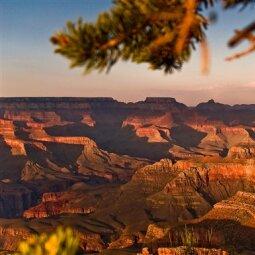
Rim Trail
FREE
#7 in Grand Canyon
Free, Hiking
Half Day to Full Day
While the Grand Canyon Village has plenty to offer visitors, make sure you don't ignore the rest of the South Rim. The Rim Trail is one of the most popular and comprehensive trails in the Grand Canyon, and it is one of the best ways to see the South Rim's most acclaimed attractions and viewpoints. This fairly easy (mostly paved) walking path traces the canyon's edge, stopping off at favorite lookouts like Maricopa Point and Hopi Point.
The Rim Trail begins at the South Kaibab Trailhead (several miles east of Grand Canyon Village) and ends at the popular Hermit's Rest lookout point west of the village. In total, the Rim Trail stretches about 12 miles. Fortunately for travelers, the park's free shuttle bus runs along a paved road along the trail, allowing for easy access to the village and points along the way.
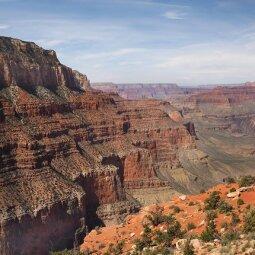
South Kaibab Trail
#8 in Grand Canyon
Natural Wonders, Hiking
2 hours to Half Day
Just as the North Kaibab Trail begins at the North Rim, the 7-mile South Kaibab Trail begins at the South Rim. Visitors will find the entrance to the trail near Yaki Point, and they can hike the path all the way down to the Colorado River. However, since there is no drinking water access on this trail (and it is relatively steep), the National Park Service recommends hiking back up the canyon via the Bright Angel Trail instead.
Recent travelers recommend planning ahead before hiking South Kaibab. Come prepared with at least two quarts of water, hiking poles and snacks. Sunscreen and sunhats are also advisable, as there is limited shade on this trail. If you're up for the challenge, you will be rewarded with fantastic canyon views, and you may even see wildlife like sheep and birds.
Day Trips & Excursions

Grand Canyon Hike & Sightseeing Tour
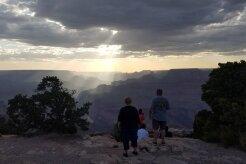
Grand Canyon Tour from Tusayan
Arizona Highlights - Antelope Canyon and Lake Powell Flight with River Rafting
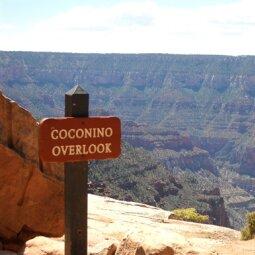
FREE
#9 in Grand Canyon
Free, Hiking
Half Day to Full Day
If you've chosen to explore the North Rim, the North Kaibab Trail is the area's premier hike. The 14-mile (one way) trail leads all the way to the Colorado River. The trail can be grueling in the summer, when the hot Arizona sun is unforgiving to hikers. There is little shade along the way, making the journey even more difficult. You might want to walk the trail in the spring or fall rather than the summer; you'll get to enjoy some of the best views in the park sans the sweltering heat. If you're new to hiking and camping, you should probably stay on the tourist-friendly South Rim. But if you want to escape the crowds, you can still take a guided, mule-driven tour through this trail from May to October.
Travelers who did hike North Kaibab reported that the views along the trail were extraordinary. Favorite spots to stop include Ribbon Falls, the Coconino Overlook and the Pumphouse Residence (former home of artist and park worker Bruce Aiken). If you want a shorter hike along North Kaibab, travelers also recommend the Supai Tunnel, which starts at the North Kaibab's trailhead and is 4 miles round trip. Although some travelers describe the route as strenuous (especially on the way back), most agree that the views are worth the effort.
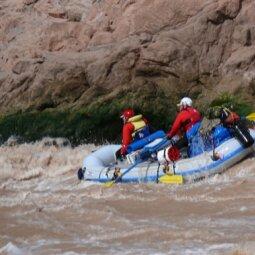
Colorado River Rafting
#10 in Grand Canyon
Sports, Recreation, Tours
Half Day to Full Day
To see the Grand Canyon from a different point of view, consider taking a rafting trip down the Colorado River. For a family-friendly experience, opt for a float trip through Glen Canyon (about 75 miles northeast of the center of the Grand Canyon) with a company like Advantage Grand Canyon. If you're looking for an intense daytrip, travel with Hualapai River Runners. This company takes passengers through the westernmost part of the canyon between Diamond Creek and Lake Mead where the river is rougher.
For a more extensive rafting trip, traveler-approved tour companies like OARS, Canyon Explorations/Expeditions and Outdoors Unlimited all run multiday trips. However, because these companies only offer oar and paddle boat tours, you'll need to be confident in your rafting/paddling skills. If you'd rather not row or paddle yourself, Wilderness River Adventures offers motorized raft tours.

Havasu Falls
FREE
#11 in Grand Canyon
Natural Wonders, Free, Hiking
Half Day to Full Day
Lauded by travelers as one of the most beautiful sights in the Grand Canyon, Havasu Falls is a desert oasis, complete with crystal blue waterways and gushing falls that add an almost surreal quality to the dry canyon backdrop. The falls lie just south of the national park on the Havasupai Indian Reservation. From Grand Canyon Village to the Hualapai Hilltop, expect to drive four hours. Facilities are scarce, with just a large parking area and a few portable toilets. For more facilities and services, you'll have to stop in Peach Springs, Arizona. Once you arrive at Hualapai Hilltop, you must hike about 10 miles to the waterfall.
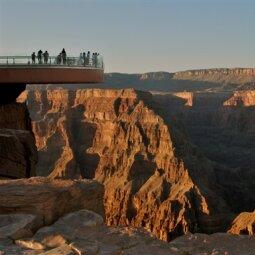
Sightseeing
1 to 2 hours
One of the more controversial additions to the Grand Canyon's surroundings, the Grand Canyon Skywalk is a large, semi-circular bridge with a transparent glass floor, allowing tourists to walk out 70 feet over the canyon and view the bottom from 4,000 feet above. The Skywalk lies outside of the park on the grounds of the Hualapai Indian Tribe. Purists initially criticized the construction of the Skywalk, claiming it ruined the area's natural aesthetic. Still, the attraction has drawn thousands of visitors since opening in 2007.
The Skywalk is a considerable drive from both the South Rim and the North Rim (count on about four hours in the car from Grand Canyon Village). As such, recent travelers warned a stop at the Skywalk is an all-day endeavor. To access the Hualapai Indian Reserve, visitors must purchase a package. The lowest-priced option that includes the Skywalk starts at $59 per person and includes general admission. A package with lunch included starts at $78 per person. The Skywalk is open year-round: From May 1 to mid-October, it’s open from 7 a.m. to 8 p.m.; from mid-October to mid-April, it's open from 8 a.m. to 4:30 p.m. Many of the best Grand Canyon helicopter tours make stops here. For more information, visit the Grand Canyon West website.
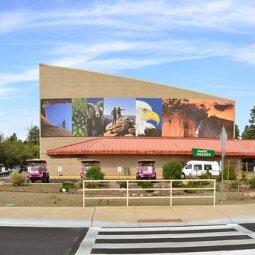
Grand Canyon IMAX Theater
#13 in Grand Canyon
Entertainment and Nightlife
Less than 1 hour
If you'd like to take a break from hiking and sightseeing (or simply enjoy a brief escape from the summer heat), pay a visit to the Grand Canyon IMAX Theater. Located inside of the Grand Canyon Visitor Center, the theater plays multiple showings of "Grand Canyon: The Hidden Secrets" throughout the day. On a six-story movie screen, the 34-minute film takes viewers on an immersive adventure, complete with stunning scenes of the Colorado River and aerial views of the canyon below. The film also details the history of the Grand Canyon, so travelers are sure to leave with a better understanding of this natural wonder than when they arrived.
Most recent travelers said the film is not to be missed, and many recommended making this the first stop of your Grand Canyon vacation to learn more about the national park before experiencing it in person. Visitors also enjoyed the snack shop outside of the theater, as well as the on-site gift shop. However, some reviewers were less impressed, noting that the film quality was somewhat dated and experienced technical glitches at times.
Cultural & Theme Tours
Grand Canyon Hike & Sightseeing Tour

3 Hour Back-Road Safari to Grand Canyon with Entrance Gate By-Pass at 9:30 am
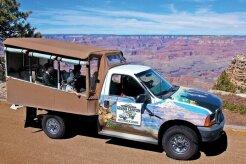
3 Hour Off-Road Sunset Safari to Grand Canyon with Entrance Gate Detour

Tours, Sightseeing
2 hours to Half Day
Built in the late 1800s, this historic railroad was originally used to transport ore from the Anita mines, which sit just north of Williams, Arizona. The railway began traveling to the Grand Canyon in 1901, making the park accessible to the public. But with the rise in automobile use, the trains lost business, and the Grand Canyon Depot saw its last passenger train in 1968. The Grand Canyon Railway underwent extensive restoration and was reopened in 1989.
Today, this historic train carries passengers between Williams and the South Rim's Grand Canyon Depot. Along the way, passengers will see a variety of landscapes from the Ponderosa and Pinion pine forests to expansive prairies and of course, canyons. Most recent passengers say the scenery was stunning and that their train guides were entertaining and informative, regaling them with stories about the history of the train and the region.
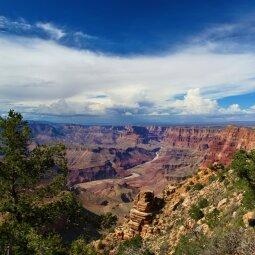
#15 in Grand Canyon
Museums, Natural Wonders, Hiking, Sightseeing
Less than 1 hour
Designed by renowned southwest architect Mary Colter in 1932, the Desert View Watchtower was built with rugged stones on top of a cliff to blend in with the canyon and mimic the look of original Puebloan structures. Inside of the tower, travelers will find the Kiva Room, which features a fireplace, a rest area, a retail shop and views of the canyon; a gallery with Hopi artwork; and a top floor with panoramic views – including the North Rim and the Colorado River – stretching as far as 100 miles away.
Recent travelers reported that the views from the top of the tower were some of the best they experienced on their Grand Canyon trip. They also enjoyed the intricate architecture of the tower itself, noting that the structure was well-maintained and the tribal art was interesting and beautiful.

Navajo Bridge
FREE
#16 in Grand Canyon
Natural Wonders, Free, Monuments and Memorials, Sightseeing
Less than 1 hour
Within Grand Canyon National Park, there is only one way to drive over the Colorado River, and that's via the Navajo Bridge on the northeast end of the park. But the route (which today consists of two identical bridges) is far more than just a transportation option; it also holds a rich history that dates back to the 1920s.
After decades of using ferries to cross the Colorado River, officials in Arizona and Utah recognized the need for a bridge that allowed vehicles to safely travel over the waterway. As a result, the bridge – first dubbed the Grand Canyon Bridge, then renamed the Navajo Bridge five years later – was built and opened to the public in 1929. It was deemed the tallest steel arch bridge on Earth at the time of its unveiling (it stands 467 feet above the water) and successfully transported countless vehicles across the river for 66 years. In 1995, a stronger, more modern bridge was built alongside the original structure to transport heavier automobiles, and the historic Navajo Bridge was opened up to pedestrians to enjoy the views of the river below.

Museums, Monuments and Memorials, Sightseeing
Less than 1 hour
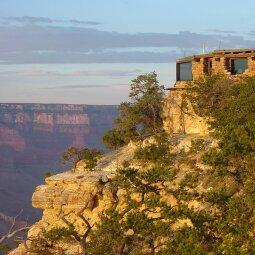
Yavapai Geology Museum
Museums, Sightseeing
Less than 1 hour
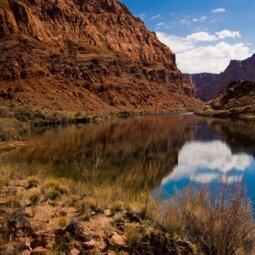
Lees Ferry
FREE
Free, Historic Homes/Mansions, Sightseeing
TYPE
2 hours to Half Day
TIME TO SPEND
Explore More of Grand Canyon
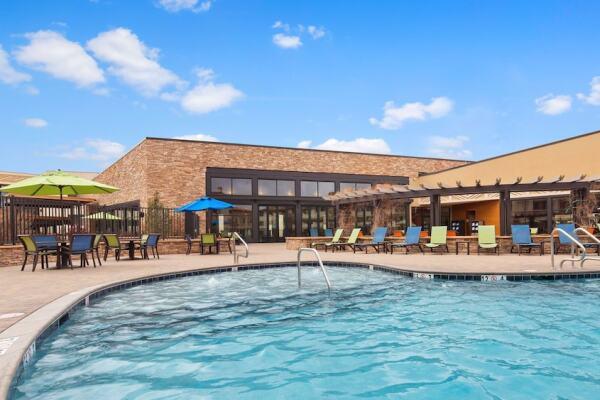
Grand Canyon National Park North Rim
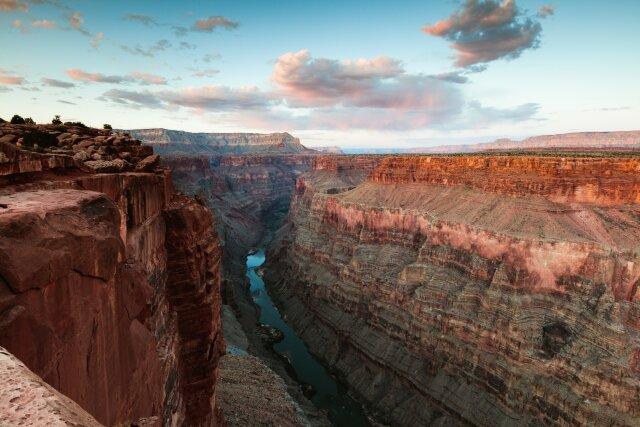
(GETTY IMAGES)
While the Grand Canyon's South Rim is the more popular side of the iconic landmark, the North Rim is worth a visit as well. In fact, only 10% of all visitors go to the North Rim, making it a great place to avoid the crowds. The North Rim Visitor Center, which closes during the winter due to snow, is less than 60 miles from Vermillion Cliffs National Monument. At the North Rim, stop at the Grand Canyon Lodge for spectacular canyon views at Bright Angel Point, then enjoy a scenic drive to various lookouts where you can see the Angels Window natural arch and other formations. Travelers can stay at the seasonal Grand Canyon Lodge between mid-May and mid-October. Or, book a vacation rental or hotel room in Kanab, Utah, or Page located about 80 and 125 miles north, respectively.
[Read: The Best U.S. National Parks.]

